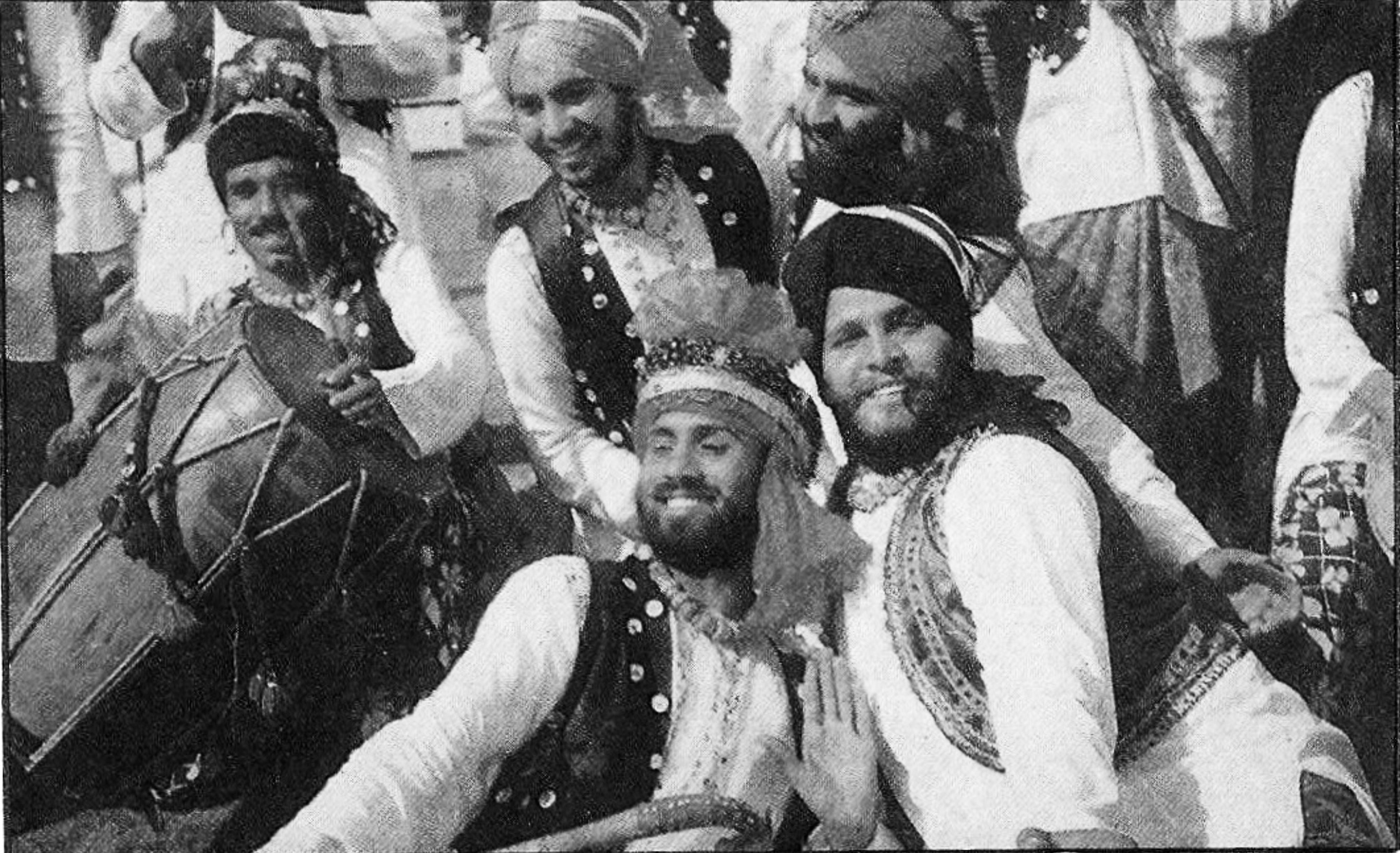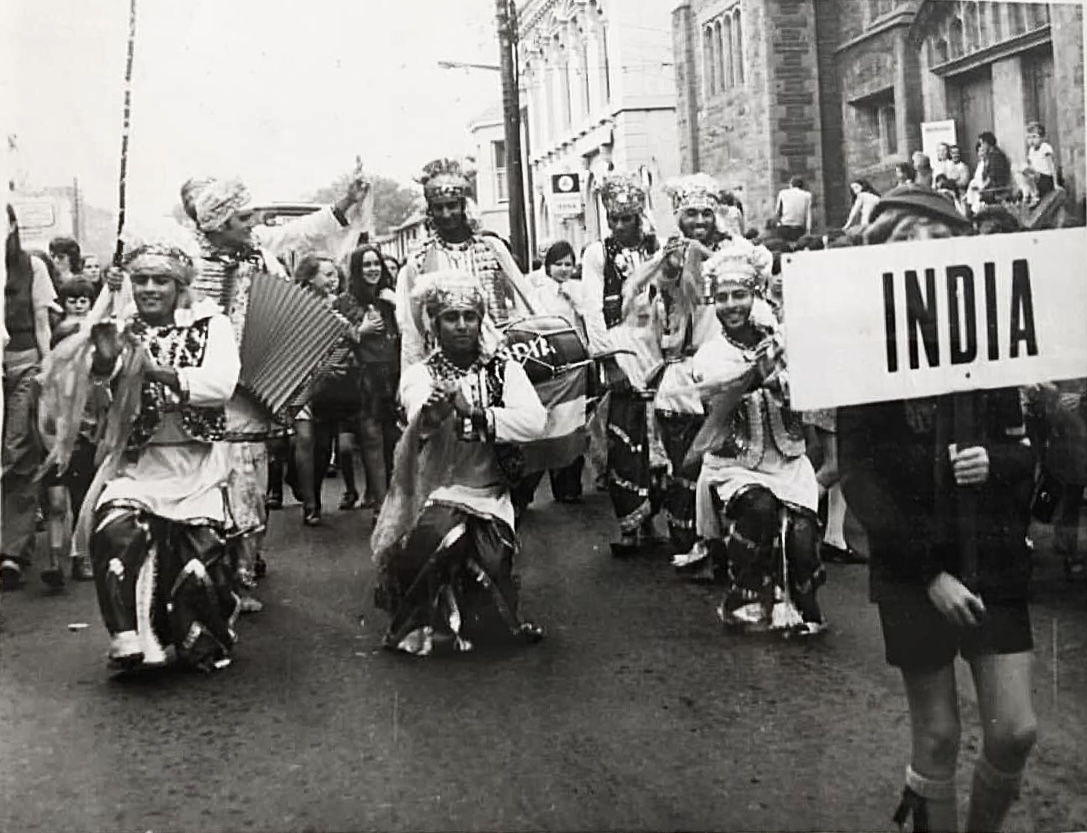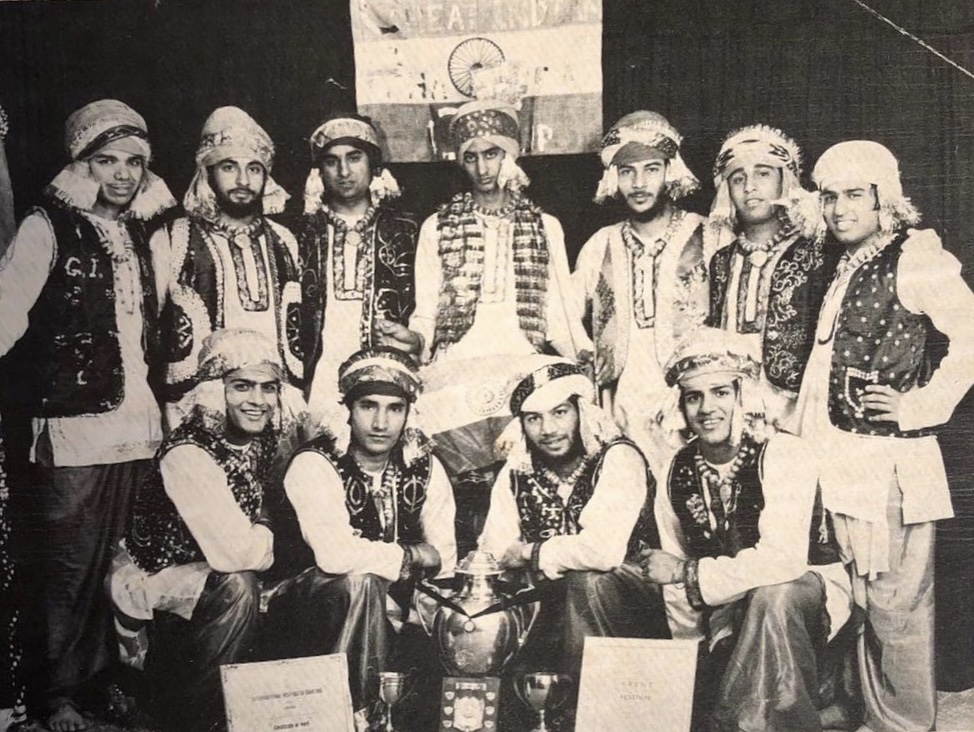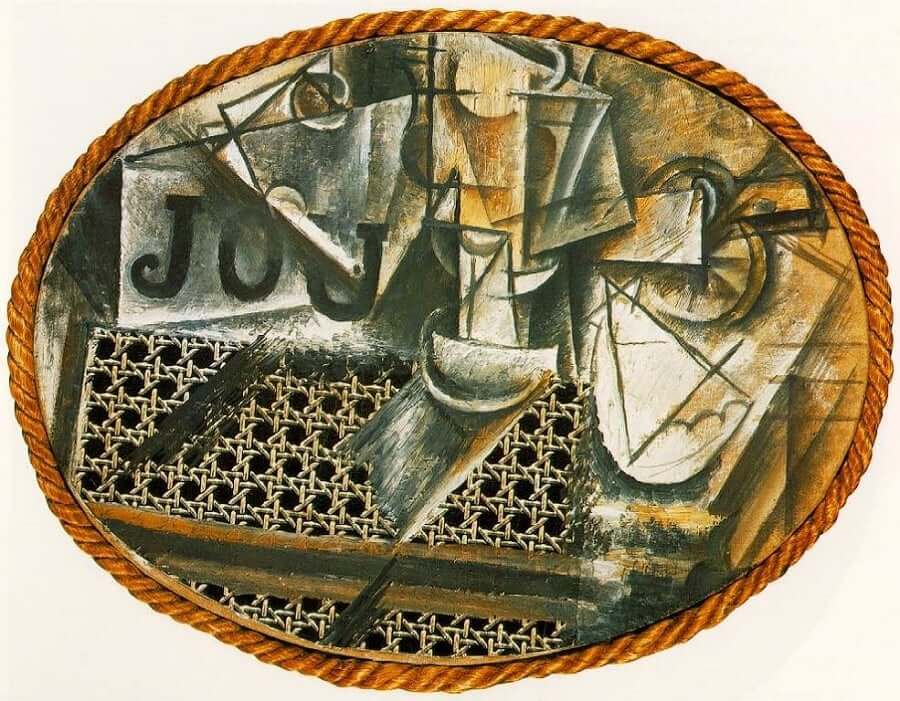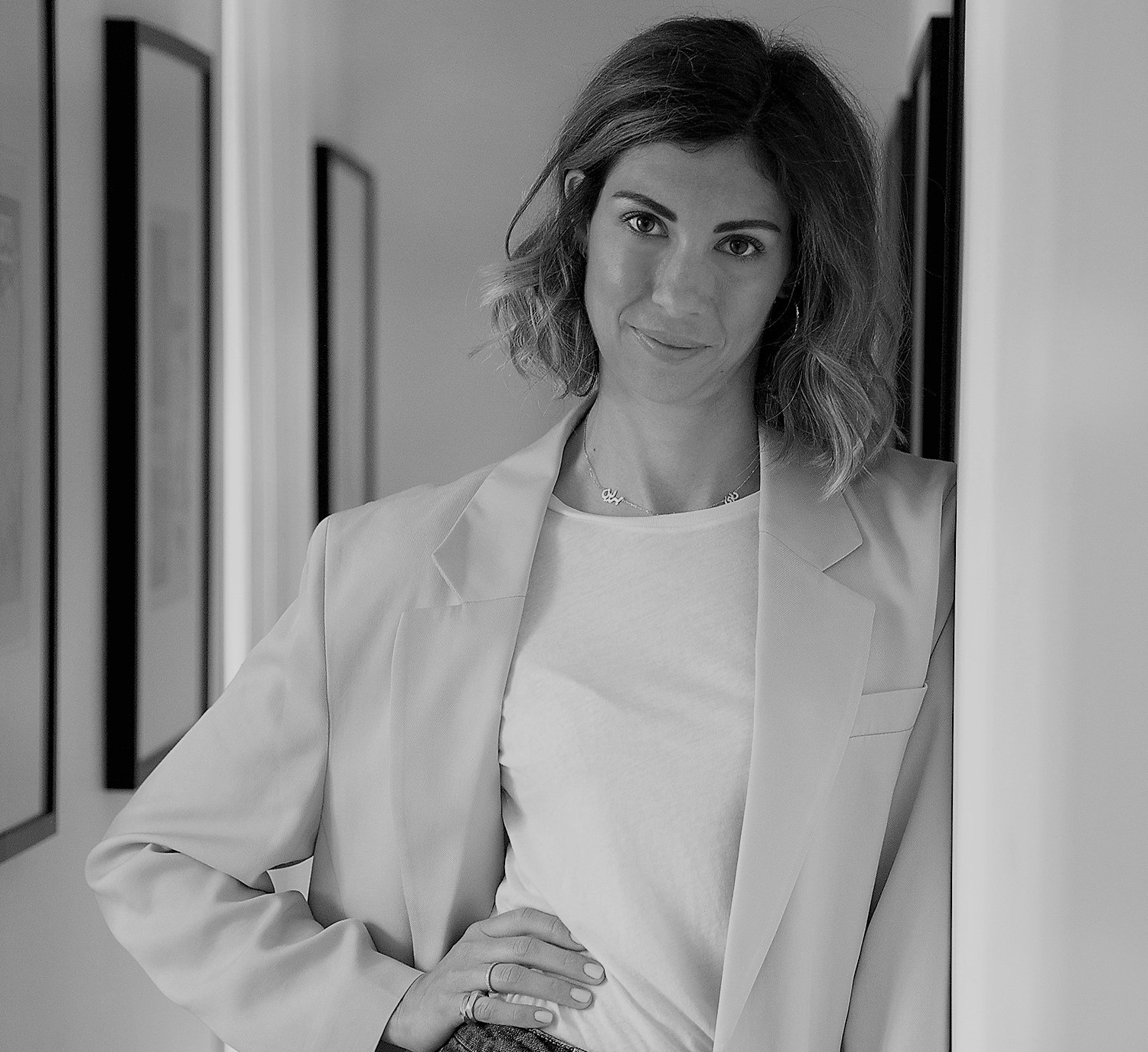Watching a bhangra performance with its pulsating movements is always entertaining and uplifting. Undoubtedly, bhangra is a style of music and dance form that is very popular not only in the Indian subcontinent but also in western countries such as the United Kingdom. The Punjabi diaspora has spread bhangra across the world.
With origins in the Punjab region of Northeast Pakistan and Northern India, bhangra is originally a rural dance performed at harvest festivals. It is renowned worldwide for its fluid, energetic dance moves and harmonious vocals. The dance form continues to remain well-loved in modern Punjabi culture while also gaining popularity around the world.
Traditionally, bhangra is danced to a dhol, a large drum, and boliyan, short sets of lyrics that describe scenes from rural Punjab. Bhangra lyrics mostly include the themes of love, patriotism, strength, and celebration. It is a dance which showcases the dancers’ strength, energy and grace.
Bhangra dancers at Republic Day 1970, image via Bhangra Teams’ Forum.
Bhangra is an umbrella term, which comprises numerous folk dance styles and art forms from across the region of Punjab. For instance, jhumar includes singers and dancers performing around a dhol player. Luddi, a celebratory dance, features men placing a hand behind and in front of their head while swaying their arms. Giddha sees women enacting scenarios depicted in the songs, and kikli includes pairs of women dancing with linked arms and hands. Finally, dhamal is the most energetic form of bhangra, and comprises men and women dancing with raised arms and shoulder-head shakes.
According to historians, the bhangra dance form has its origins in the 14th or 15th century in Sialkot, a Punjab district in Pakistan. It is speculated that farmers first performed bhangra to pass the time in their fields. Over the next few decades, bhangra was performed at Baisakhi festivals that marked the beginning of the Hindu solar new year. In the 20th century, after India’s partition, millions of Punjab residents left the Indian subcontinent bringing bhangra to the western world, particularly the United Kingdom.
‘The Great Indian Dancers’ Britain’s first Bhangra Dance Group.
In the 1960s and 1970s, the British Punjabi community began recording bhangra folk songs in the United Kingdom. Bhangra became popular amongst the Indian diaspora as a symbol of their identity, particularly in Southall, the predominantly South Asian suburb of London’s West End. While bhangra artists such as Kuldip Manak began recording bhangra music, a number of bhangra dance groups began being formed. Britain’s first bhangra dance group, ‘The Great Indian Dancers’ was formed in 1966 by Harbinder Singh.
At the time, the South Asian identity in the United Kingdom was not perceived in the most ideal light. Singh, like many people from the Indian diaspora in the United Kingdom, felt a responsibility to preserve Indian cultural heritage and showcase the community positively. Harbinder said in a newspaper interview in 1981, “I feel a very strong sense of responsibility to keep the art going.” Therefore, bhangra was not merely a fun dance form anymore, it evolved into a powerful emblem of the Indian identity. Performing bhangra helped the British Indians to bond with each other and gave them a sense of community in a faraway land.
In the 1980s, bhangra music in the United Kingdom became experimental with influences of Western pop and rock music. This led to more exposure of bhangra in mainstream culture. For instance, in 1979, a Southall group known as Alaap released Teri Chunni De Sitare, a bhangra album, which blended bhangra with disco dance music. This album was well received and spurred the “Southall sound” movement that was instrumental in creating the new sound of British bhangra.
Furthermore, second generation British Indians began using bhangra music to craft their distinctive bicultural identity. They were not Indian, they weren’t British, they were British-Indian with their own unique culture. Artists such as Heera, Malkit Singh, Apna Sangeet, DCS, Safri Boys, The Sahotas and Panjabi MC helped solidify the new sound of British bhangra. In 2003, UK bhangra producer and rapper Panjabi MC’s song Mundian To Bach Ke was remixed by Jay-Z and re-released. The remixed song known as Beware of the Boys reached the UK Top 5 and was number 1 in Italy, Hungary, Belgium and Greece as well.
Empire Ballroom, Leicester Sq, London, UK (December 20, 1986) photographed by David Corio.
A weekly club for bhangra fans, it featured top live bands and DJs and was packed every week. The club started early afternoon so that girls could go dancing and their parents didn’t know they had been out clubbing.
As bhangra music in the United Kingdom evolved and incorporated Western influences, the dance form of bhangra also did the same. Moreover, bhangra groups of the United Kingdom, United States of America, and Canada began hosting international competitions. These contests encouraged British bhangra groups to blend Western dance styles with bhangra resulting in the creation of the contemporary British bhangra dance form, which particularly became popular with the youth. Presently, there are a plethora of contemporary British bhangra dance classes and bhangra dance groups that perform at various events in the United Kingdom.
While bhangra in the United Kingdom has transformed to include western influences, the bhangra dance form in South Asia still retains its more traditional rural folk dance style. Contemporary British bhangra dance and music is popular in the United Kingdom and also within South Asian communities of Canada and the United States. Meanwhile, South Asian bhangra remains well-loved in the Indian subcontinent, due to Bollywood movies incorporating bhangra music and dancing.
The future of the bhangra style, particularly British bhangra, is unknown. But everyday we see more and more bhangra influences in mainstream western media, proving that this dance form is here to stay.
Words by Pallavi Mehra.
Cover image by David Corio.
.

